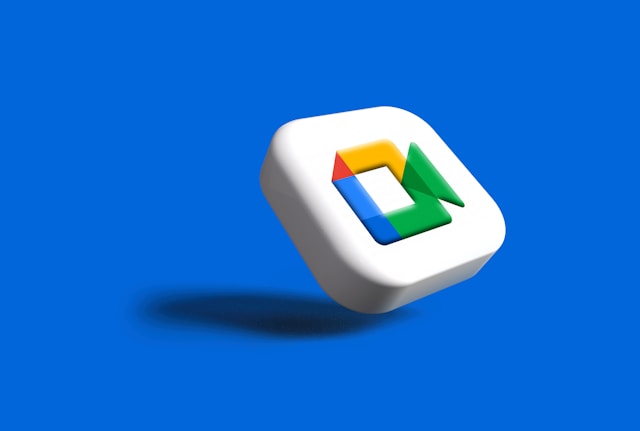As businesses evolve and adapt to new technologies, the shift from traditional video conferencing solutions to more integrated and cost-effective platforms becomes crucial. One such transition is the move from Zoom to Google Meet, especially for companies already embedded within the Google Workspace ecosystem. This article explores the challenges and solutions for transitioning conference room hardware to support Google Meet.
View Google Meet Vs. Zoom Comparison on Zapiers article: https://zapier.com/blog/google-meet-vs-zoom/
Background
A company with a long history of using Zoom for video conferencing is making a strategic shift to Google Meet following their next Zoom renewal. This decision is driven by financial considerations and the company’s existing use of Google Workspace. While some Zoom licenses will be retained for specific needs, the primary goal is to convert all conference rooms to Google Meet-compatible hardware.
Current Setup Challenges
The company’s conference rooms are equipped with a variety of hardware, including Mac Minis running Zoom Rooms, iPads as controllers, and various cameras, often relying on TV audio or integrated speaker-mic-camera devices from Logitech. The transition poses a significant challenge: identifying which existing hardware can be repurposed for Google Meet and what new equipment is necessary.
Hardware Compatibility and Solutions
The transition to Google Meet hardware is not straightforward due to the lack of clear information on compatible devices. For example, while certain components like the Logitech Meetup camera can be reused, others, such as the Roommate controller and TapIP tablet, are incompatible with Google Meet. This necessitates the purchase of new devices like a different Roommate version, a TapCat5e, and a Chromebox Compute, often only available as part of full kits.
Insights from Industry Peers
- Chromebox Compute vs. Roommate: It’s clarified that a Chromebox Compute can replace the existing Roommate as both serve as compute modules. However, compatibility issues arise with devices like the Tap IP, which only works with Logi Android devices, not ChromeOS which the Chromebox runs.
- Google Meet Support for Roommate: The Roommate device, running Android, is expected to support Google Meet soon, potentially allowing existing Roommate and Tap IP devices to be used without needing immediate replacement.
- Alternative Solutions: Some businesses have found success using third-party solutions like Conferfly with an Intel NUC, allowing them to utilize all existing hardware with Google Meet and Zoom without investing in expensive Google Meet-specific hardware.
Recommendations for Businesses
- Assess Existing Hardware: Determine which devices can be repurposed for Google Meet. This may require consultations with hardware vendors or through official compatibility lists from Google.
- Explore Third-Party Solutions: Consider using platforms like Conferfly that offer compatibility with both Google Meet and Zoom, potentially saving on hardware costs.
- Stay Informed on Updates: Monitor updates from hardware manufacturers regarding Google Meet support, as this could influence the timing and strategy of your transition.
- Plan for Future Needs: Consider the size and specific requirements of each conference room, choosing hardware that not only meets current needs but is also scalable and adaptable for future technologies.
Conclusion
Transitioning conference room hardware to support Google Meet involves navigating compatibility issues and making informed decisions about new purchases versus repurposing existing equipment. By leveraging insights from industry peers and exploring third-party solutions, businesses can achieve a cost-effective and seamless transition, ensuring their conference rooms are equipped for modern communication needs.


